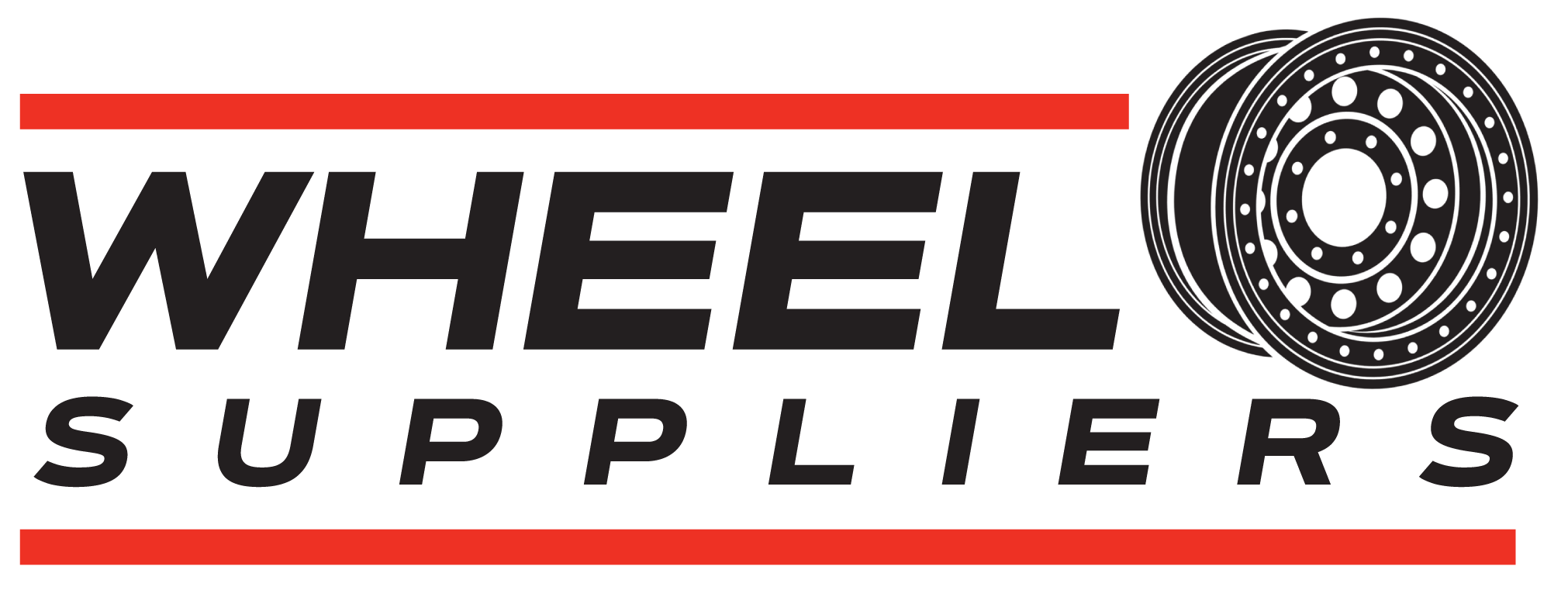
How do I know if my car is out of alignment? An alignment refers to the adjustment of a vehicle’s suspension. Your suspension points your vehicle’s tires straight down the road when it’s properly aligned. When your suspension goes out of alignment, it causes irregular tire wear and steering inconsistencies. Although it is commonly referred to as wheel alignment, the result can affect multiple points on your vehicle.
Common Signs of Wheel Misalignment
A variety of factors can cause your vehicle’s alignment to be out of whack. One of the most common is impacts with potholes, brushing up against curbs or other objects. Each of these impacts rattles your suspension, causing it to stray from its ideal alignment settings. However, you don’t necessarily have to bump into something. Your vehicle can naturally go out of alignment over time. Normal wear and tear causes rubber suspension components to crack, ball and socket joints to loosen, and the accumulation of small impacts can eventually affect your vehicle’s ideal alignment settings.
It’s imperative that you realign your vehicle when getting new tires, lower or lift your car, modify or change suspension parts that affect the tire angles, had an accident or hard impact with a curb or road debris, or when you notice uneven tire wear, steering pull, or an off-center steering wheel. Uncorrected wheel alignment issues will cause tires to wear down prematurely.
What is a Wheel Alignment?
Alignment technicians adjust four different settings to put a vehicle in alignment:
- Caster
- Camber
- Toe
- Ride Height
Caster
Caster refers to the angle of the steering axis, which is the suspension component supporting the wheel and tire assembly. You can visualize the caster as an imaginary line that runs along the vehicle’s axle. The caster can be negative, centered or positive. When properly aligned, caster contributes to your steering feel and high-speed stability.

Camber
Camber describes the tire’s inward or outward tilt, when viewed from the front of the vehicle. Negative camber refers to a tire tilted inward, while positive camber refers to a tire tilted outward. This adjustment can maximize the tire-to-road contact, and account for changes in force as a vehicle turns. Out of each alignment adjustment, cancer has the widest range of recommended settings. This range can accommodate different vehicle handling characteristics. Higher negative camber generally suits those who corner aggressively in performance cars, while less negative camber suits those who perform very little hard cornering, or just daily driving. As mentioned above, negative camber has many benefits for many different driving characteristics. Those with high-performance vehicles tend to have more camber in order to maximize handling performance. Having negative camber also can help fit an aggressive wheel and tire setup, in regards to fender clearance. For example, those who modify stanced or VIP vehicles run copious amounts of negative camber to fit an aggressive wheel.

Toe
Toe describes the relationship between a tire’s front and rear end, as viewed from above. The front of the tire can either be closer or farther from each other. A front-wheel drive (FWD) car requires a compensating toe-out setting on the front axle, since the front wheels pull towards each other as the vehicle moves. A rear-drive (RWD) car can have toe-in settings on the front axle, since these wheels pull away from each other during acceleration. It’s common for vehicle owners to opt for zero toe on all four corners as this increases the life of the tires.

Ride Height
Ride height simply refers to the distance between the road and the frame of the vehicle. Or how low or high the vehicle sits. The ride height provides reference points for all alignment measurements. Any deviation from the factory ride height, such as lowering or lifting a car, will require an alignment.

Why Proper Wheel Alignment Matters
Improper wheel or tire alignment can cause your tires to wear unevenly and prematurely. Below are some specific types of undue tread wear that attribute to misalignment:
| Feathering | Tires are feathered when the tread is smooth on one side and sharp on the other. This is usually due to poor toe alignment. |
| Camber Wear | Camber wear is when the outside or inside of the tread is significantly more worn than the center of the tread. As its name implies, positive or negative camber causes this type of wear. |
| Heel/Toe Wear | Heel or toe wear happens when one side of your tread blocks wear down more quickly than the other in a circumferential direction. When you run your hand over the tread, it will look and feel like saw teeth when viewed from the side. Heel/toe wear could be a sign of under inflation and/or lack of tire rotation. |
In order to correct these issues and prevent future irregular wear, an alignment of your vehicle is required. Spotting these major symptoms can help you get the most from your tires.
If you have any questions or require assistance, please do not hesitate to contact us.

